- DroidAfrica
- Gadgets
- Huawei
- Huawei Nova Y61
Huawei Nova Y61
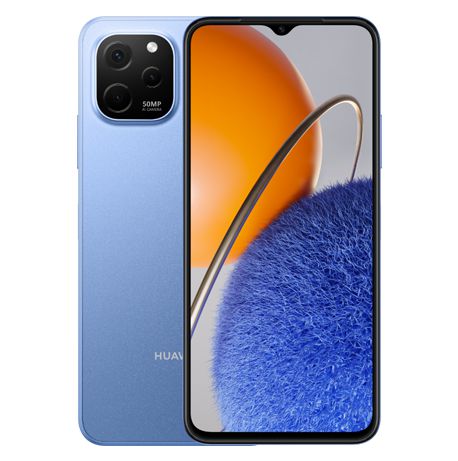
Huawei Nova Y61 Highlights and Overview
The Nova Y61 is the latest smartphone from Huawei, and also the direct successor to the Nova Y60 announced back in August of 2021. The new comer brings updated camera design and camera specs, and it is housed in a more compact 6.52-inches screen with 720 x 1600 pixels.
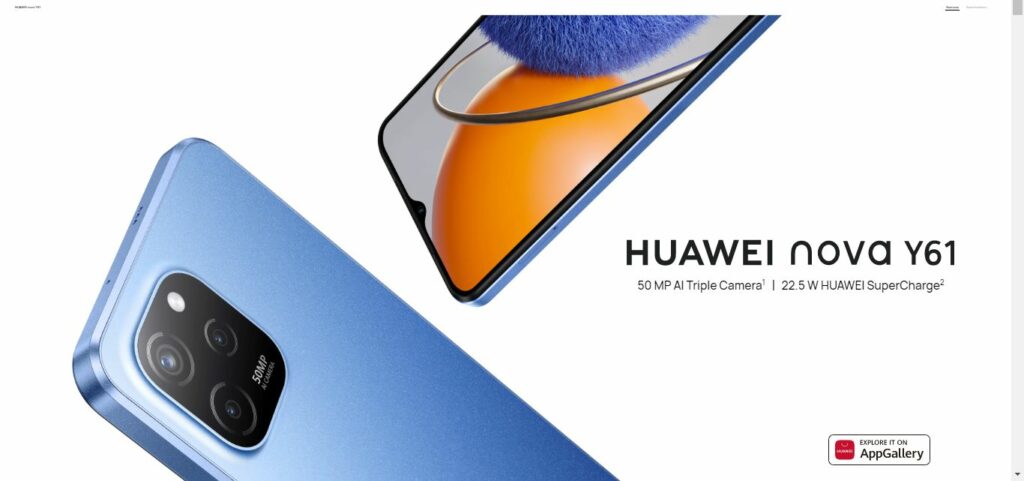
Huawei said the new Nova Y61 smartphone is powered by an 8-core CPU, but the exact Chipset is not known, yet. However, the phone is got either 4/6GB RAM, along with a single 64-Gigs of internal storage.
Coming to the camera department, you are now getting a 50-megapixel main sensor with f/1.8, along with 2-megapixel depth and a third 2-megapixel macro lens with f/2.4 aperture on both cam. For selfie, there is a single 5-megapixel snapper within the dewdrop notch on the front.
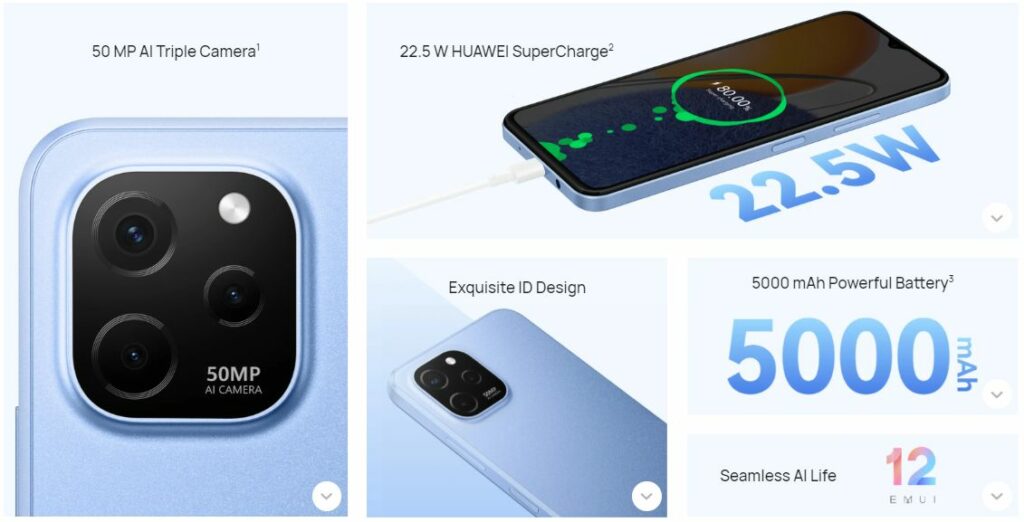
The phone runs the aforementioned EMUI 12 based on Android OS out of the box. It has a sided fingerprint scanner, support USB Type-C and powered by a 5000mAh battery with 22.5W fast charger. The full specifications of Huawei Nova Y61 are contained in the table below.
Huawei Nova Y61 Full Specifications and Features
NETWORK
| Technology | GSM / HSPA / LTE |
| 2G Network Bands | GSM 850 / 900 / 1800 / 1900 - SIM 1 and SIM 2 |
| 3G Network Bands | HSDPA 1, 2, 4, 5, 8 |
| 4G Network Bands | Band: 2, 3, 4, 5, 7, 8, 20, 26, 38, 40, 41, 66 |
| 5G Network Bands | Does not support 5G network |
| Speed | HSPA 42.2/5.76 Mbps, LTE-A (CA) |
LAUNCH
| Also Known As |
- - |
BODY
| Dimensions | 164.28 x 75.8 x 8.94 mm |
| Weight | 188 grams |
| Build | Glass front / Plastic back / Plastic frame |
| SIM Type | Dual SIM (Nano-SIM, dual stand-by) |
DISPLAY
| Display Type | IPS touchscreen / 16M colors |
| Size | 6.52 inches, (83.5% screen-to-body ratio) |
| Resolution | 720 x 1600 pixels, 20:9 ratio (~268 ppi density) |
PLATFORM
| Operating System |
Android; EMUI 12 - Without GMS |
| Chipset | --- |
| CPU | Octa-core |
| GPU | unknown |
MEMORY
| RAM + ROM | 4GB + 64GB / 6GB + 64GB |
| Card Slot | Yes, up to 512GB via microSD card |
MAIN CAMERA
| Camera Type | Triple Lenses |
| Camera Sensor(s) |
Main: 50MP, f/1.8 aperture, PDAF Depth: 2 MP, f/2.4, br/>Macro: 2 MP, f/2.4 |
| Camera Features | Autofocus / Digital zoom / HDR / Touch focus / Face detection |
| Video Resolution | 1080p@30fps |
SELFIE CAMERA
| Camera Type | Single Lens |
| Camera Sensor(s) | 5-megapixel |
| Camera Features | Fixed focus / f/2.2aperture |
| Video Resolution | 1080p@30fps |
SOUND
| Loudspeaker | Yes |
| Speaker Location | Chin, below display |
| Audio Jack Type | Yes, 3.5mm audio jack, |
CONNECTIVITY
| Bluetooth | Bluetooth 5.1, A2DP, LE |
| NFC | |
| GPS | Yes, with A-GPS, GLONASS, GALILEO |
BATTERY
| Battery Capacity | Non-removable Li-Po 5000mAh battery |
OTHER FEATURES
| Sensors | Fingerprint (side-mounted), accelerometer, proximity, compass |
| Box Contents | Charging Brick / USB cable |
Huawei Nova Y61 User Reviews and Opinions
Disclaimer Note
This specification was entered manually, hence we CANNOT guarantee 100% accuracy. Any error? Let us know in the comment section.










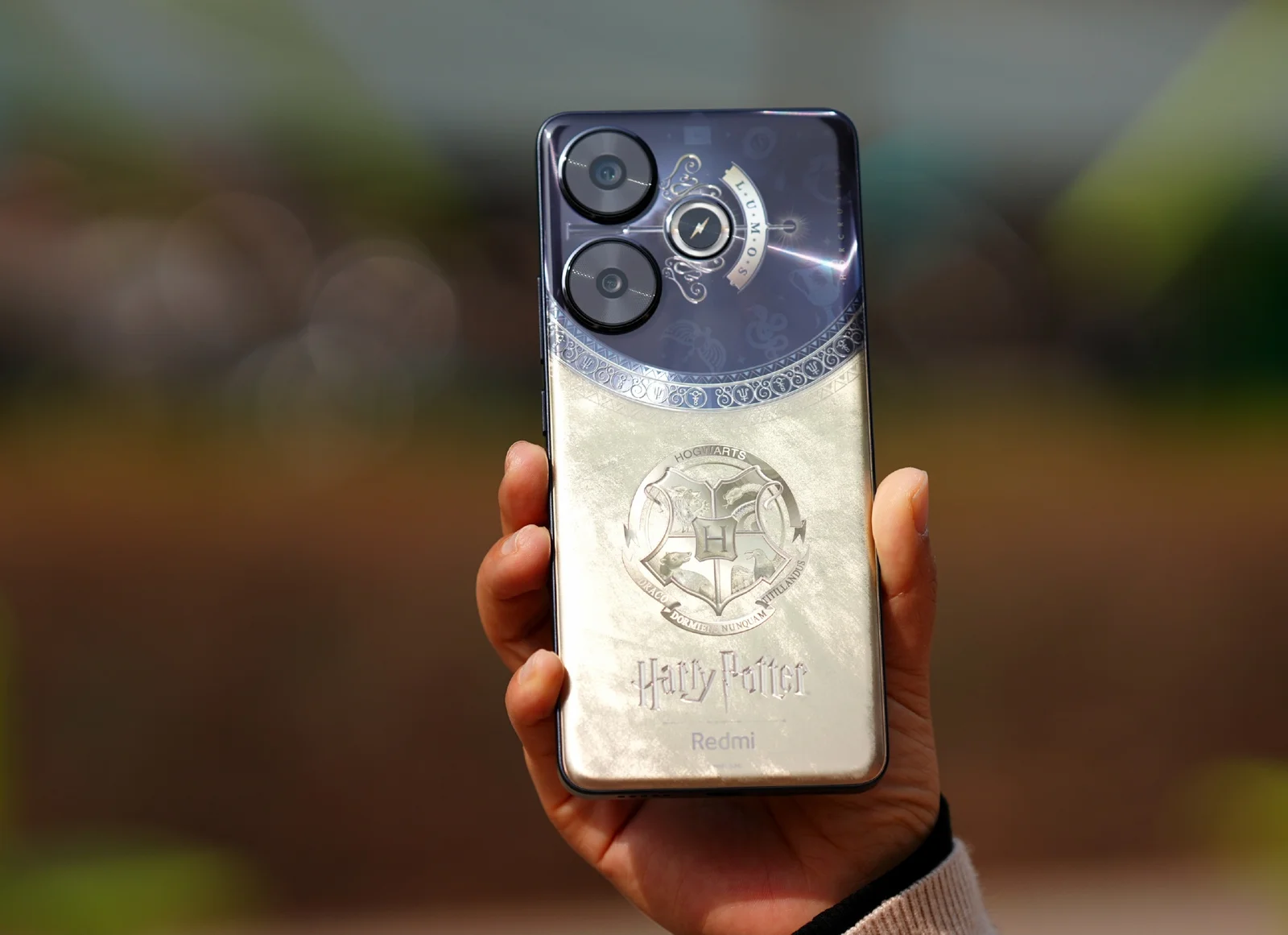
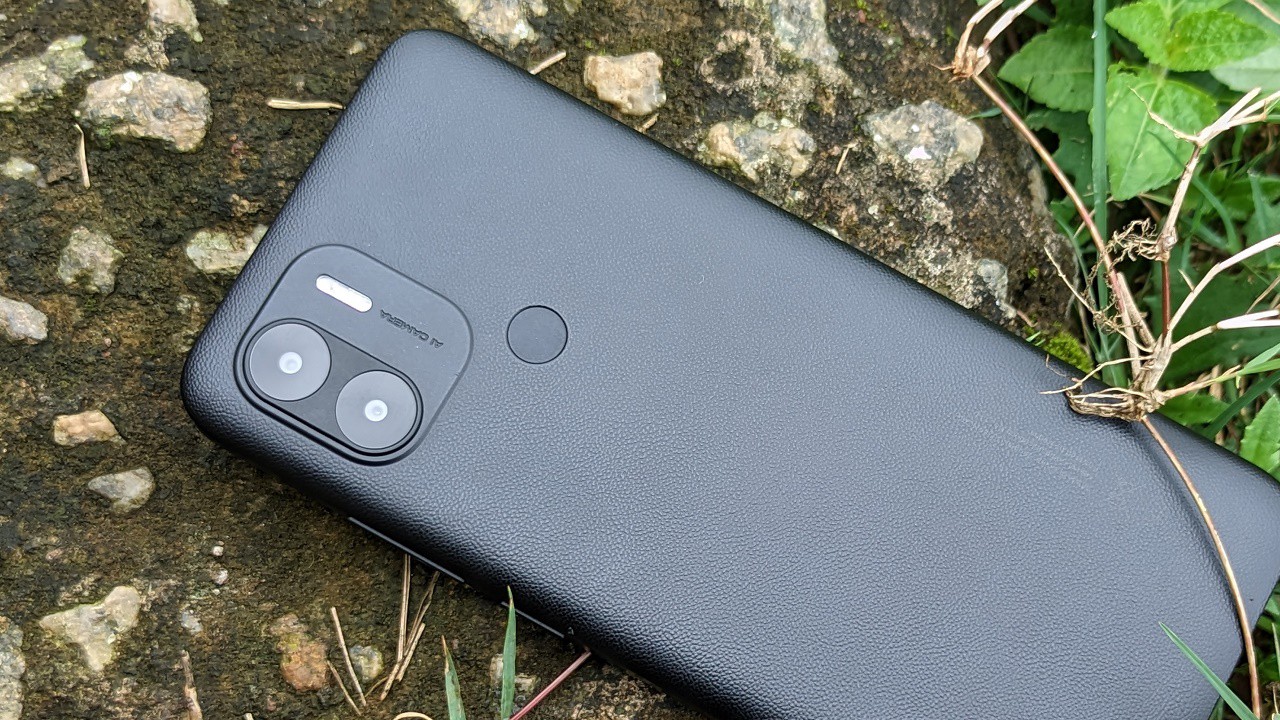
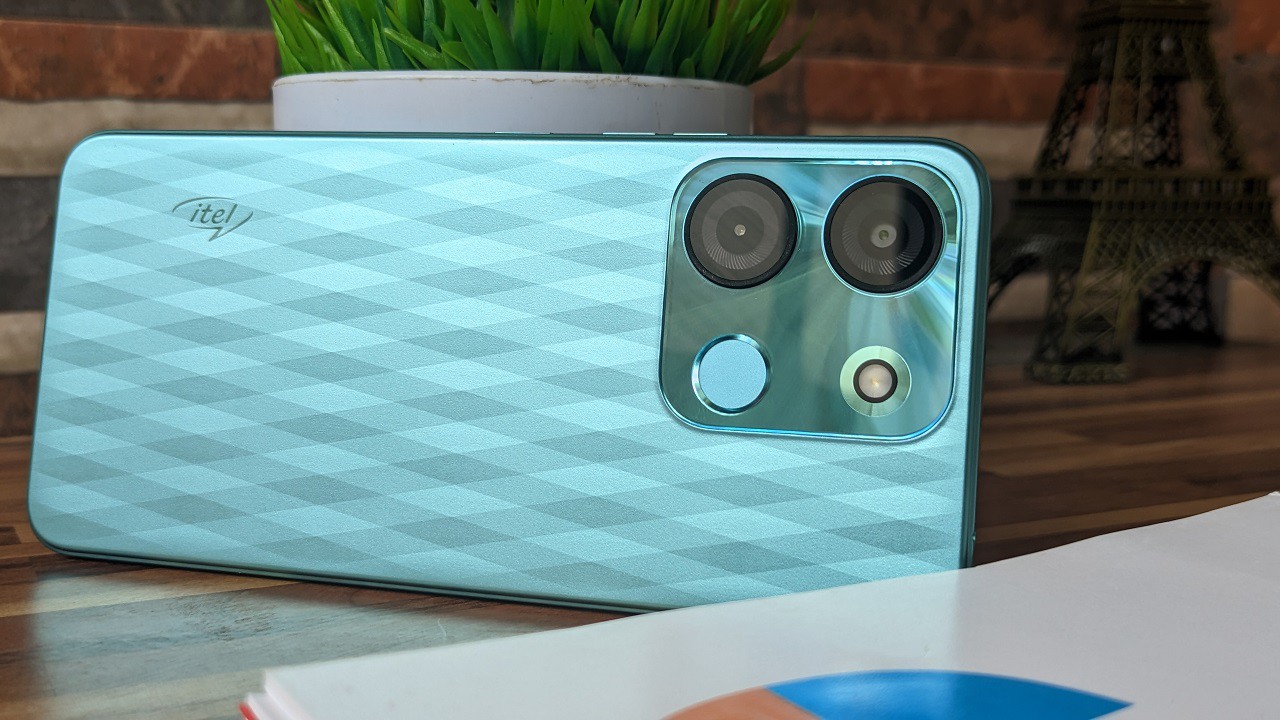
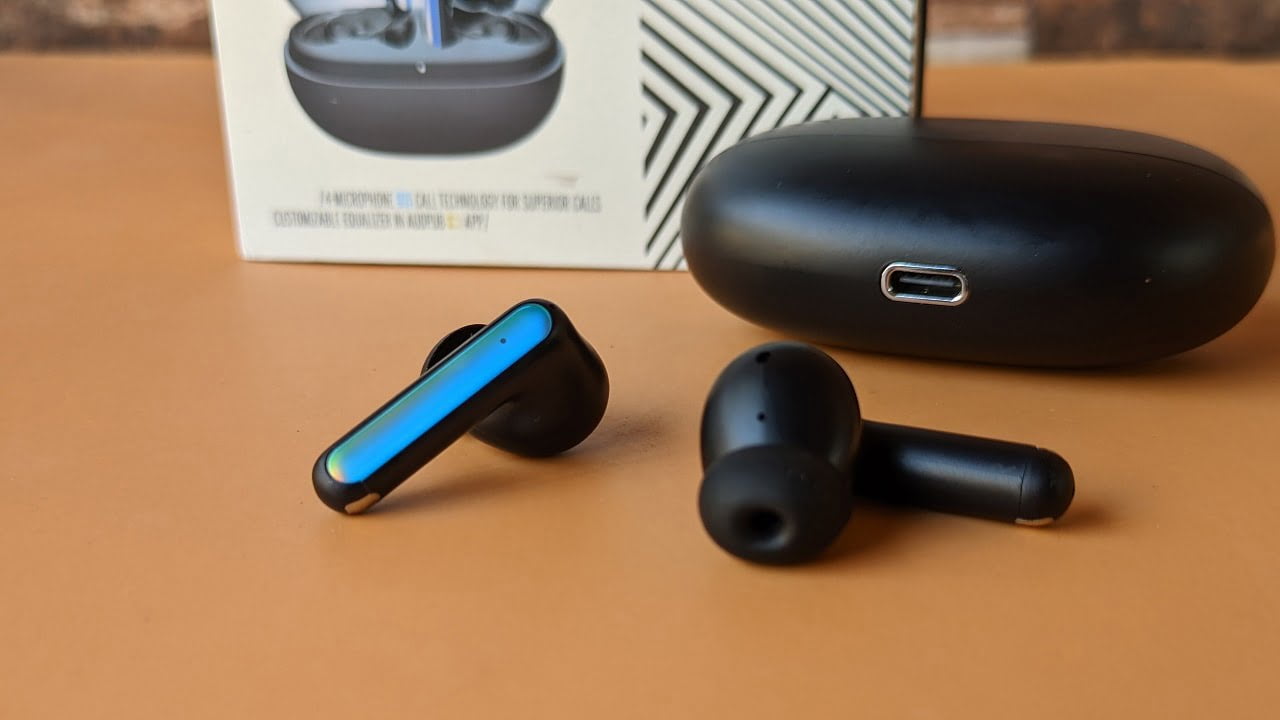
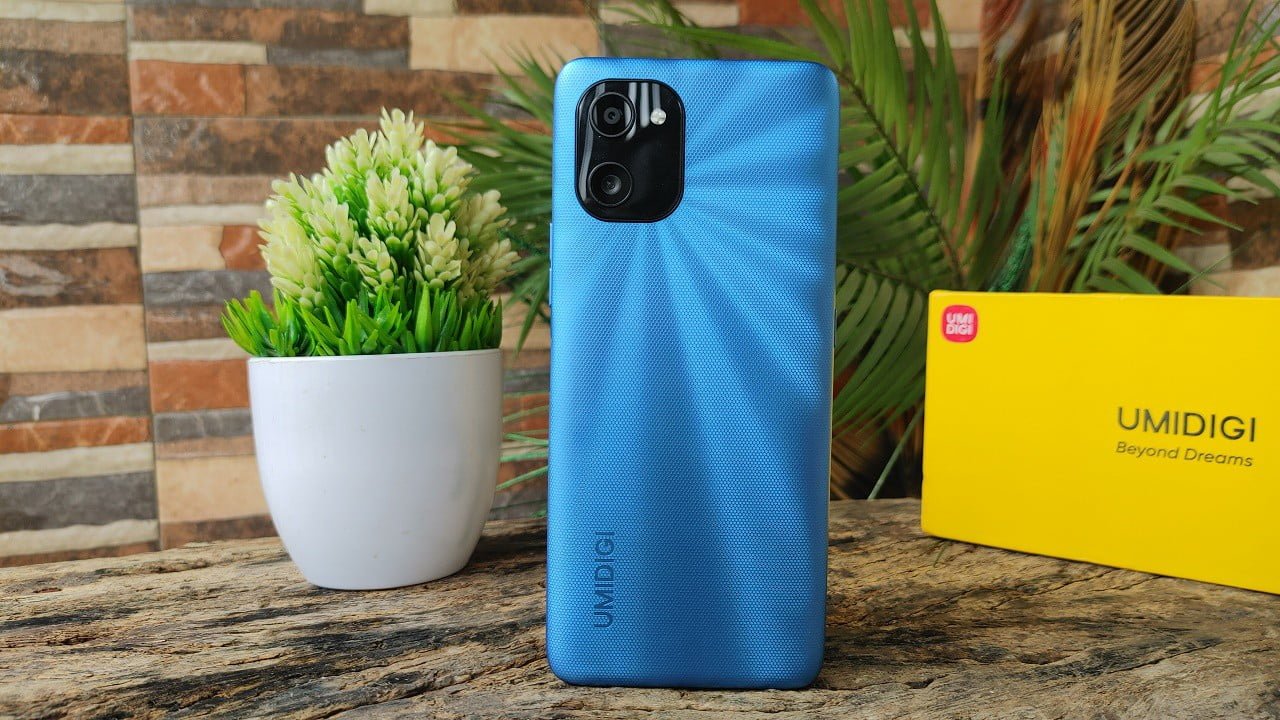
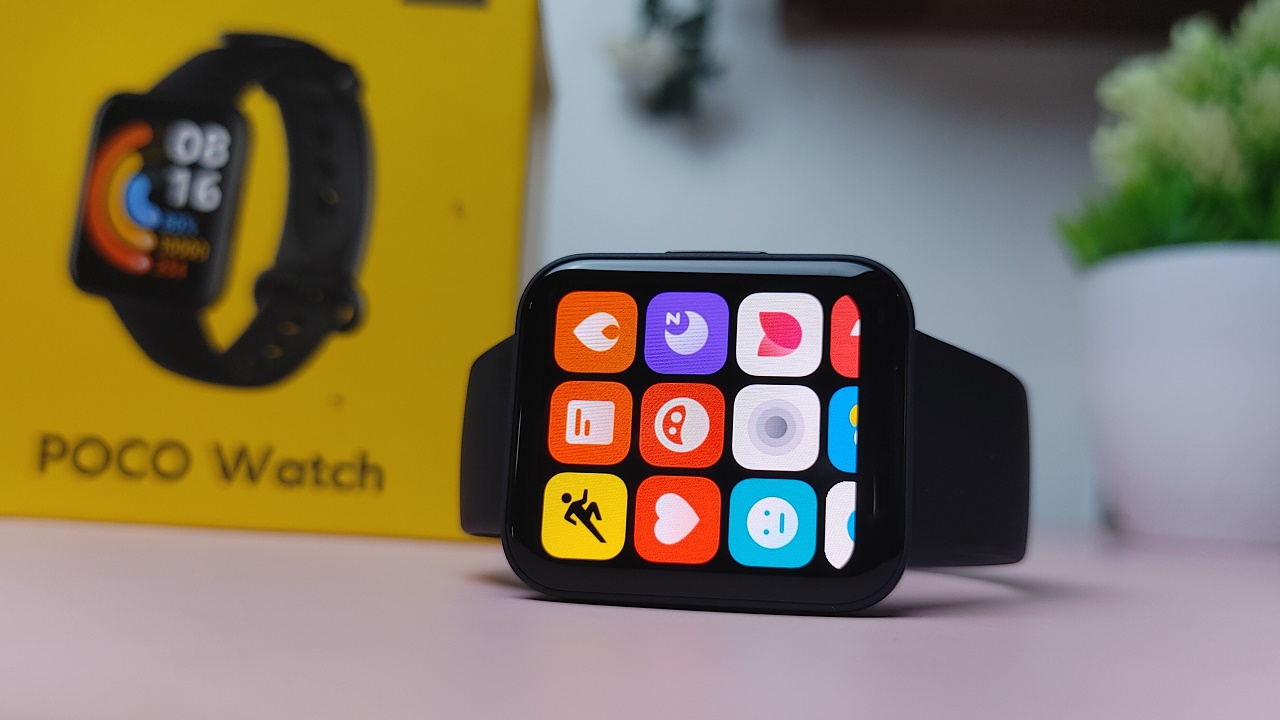
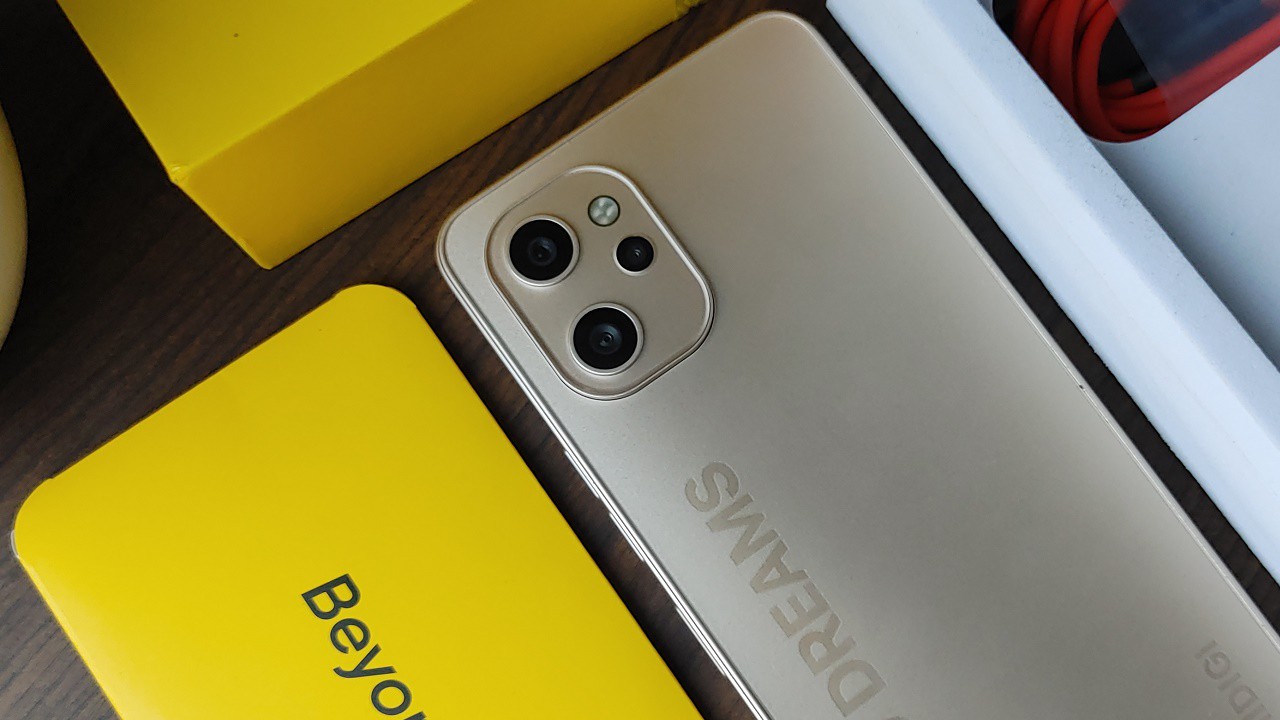
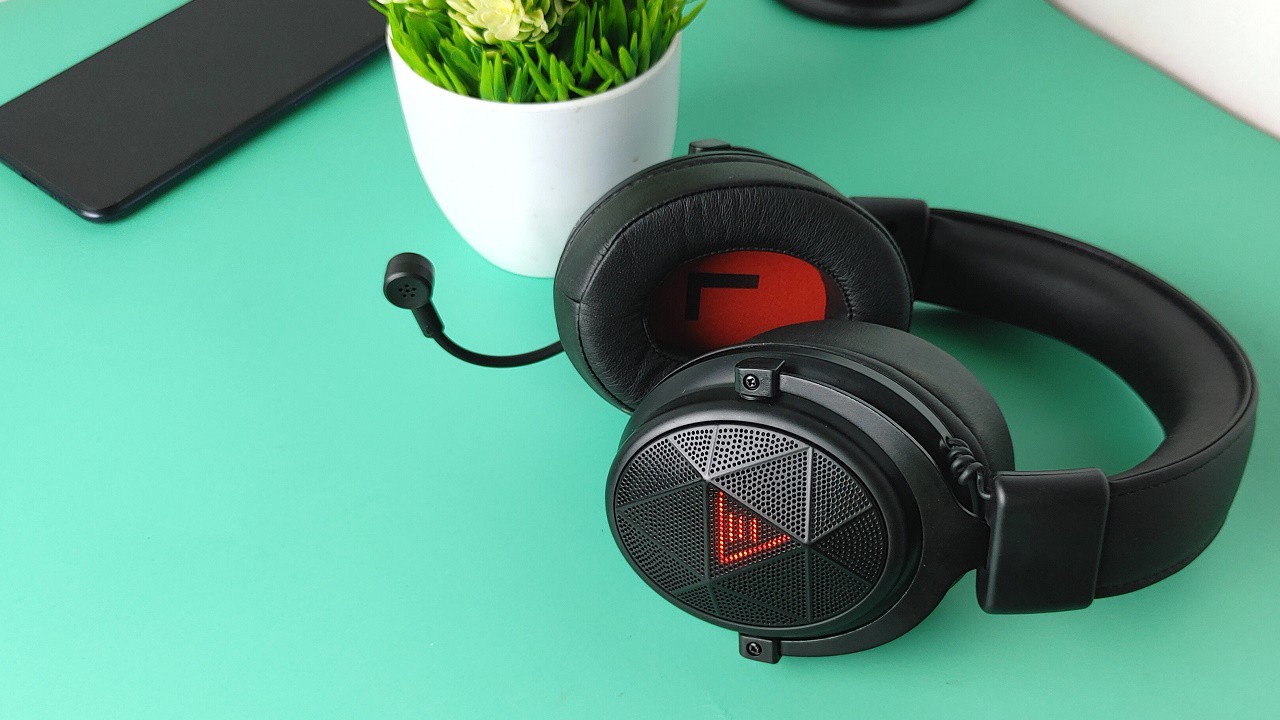
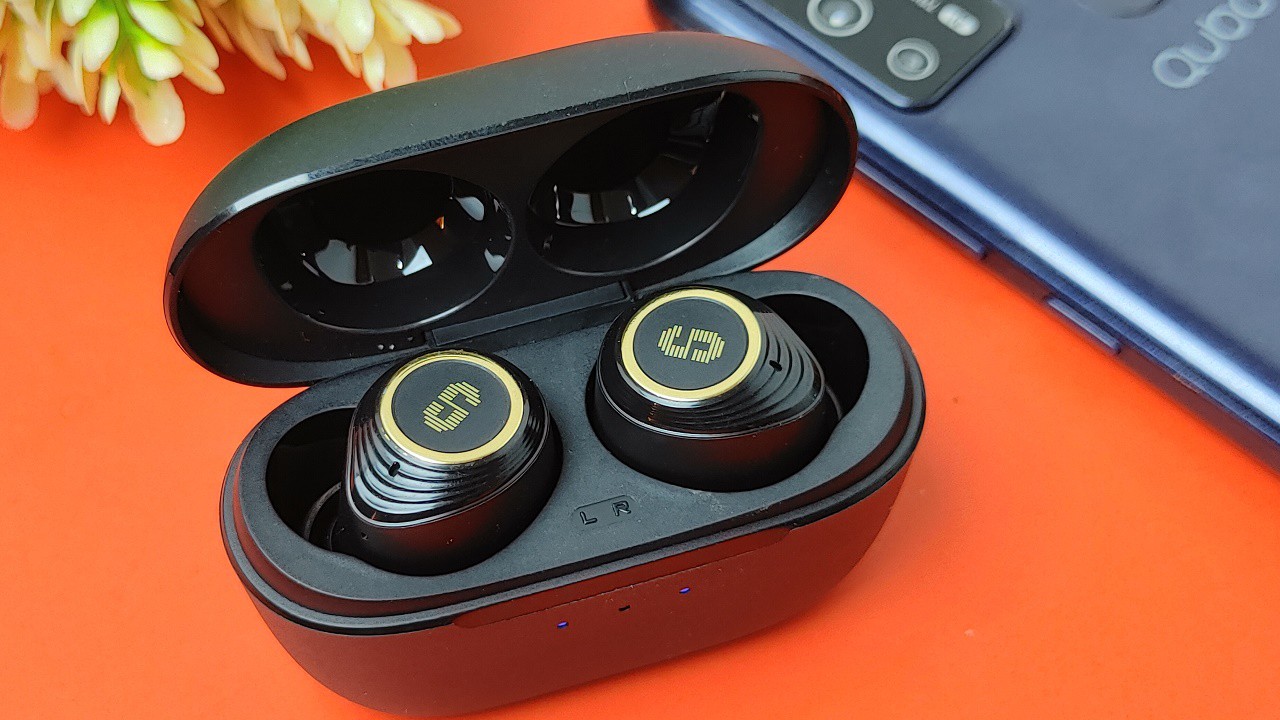
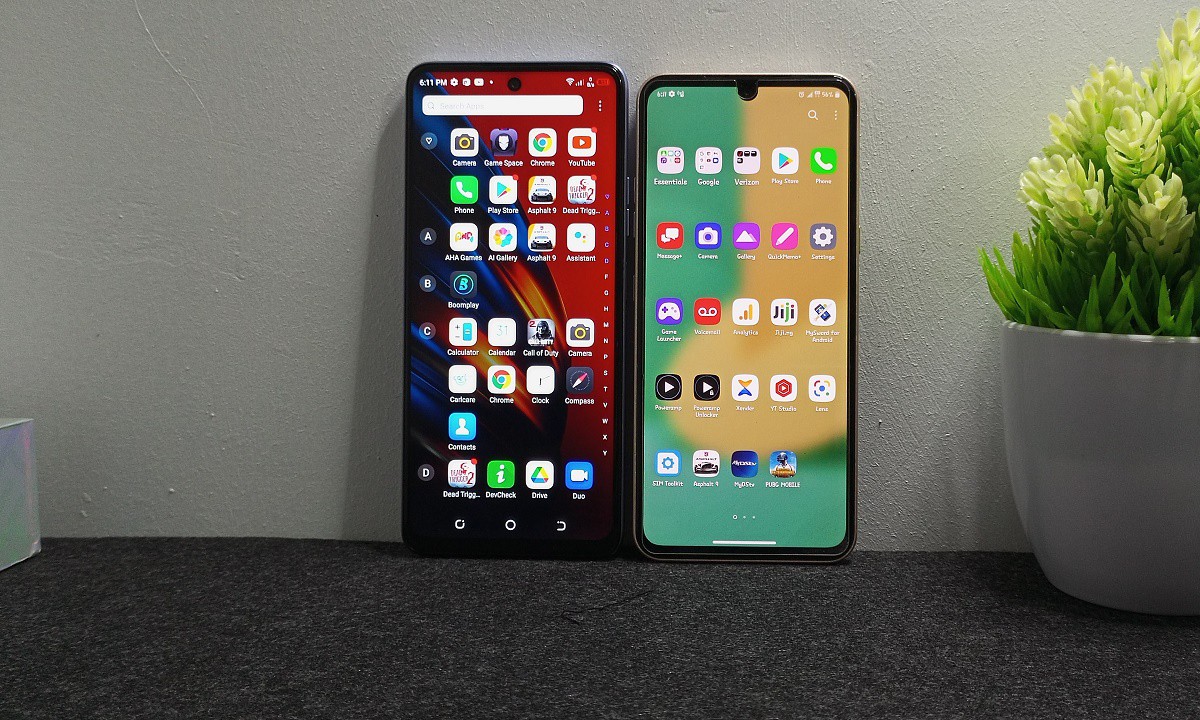

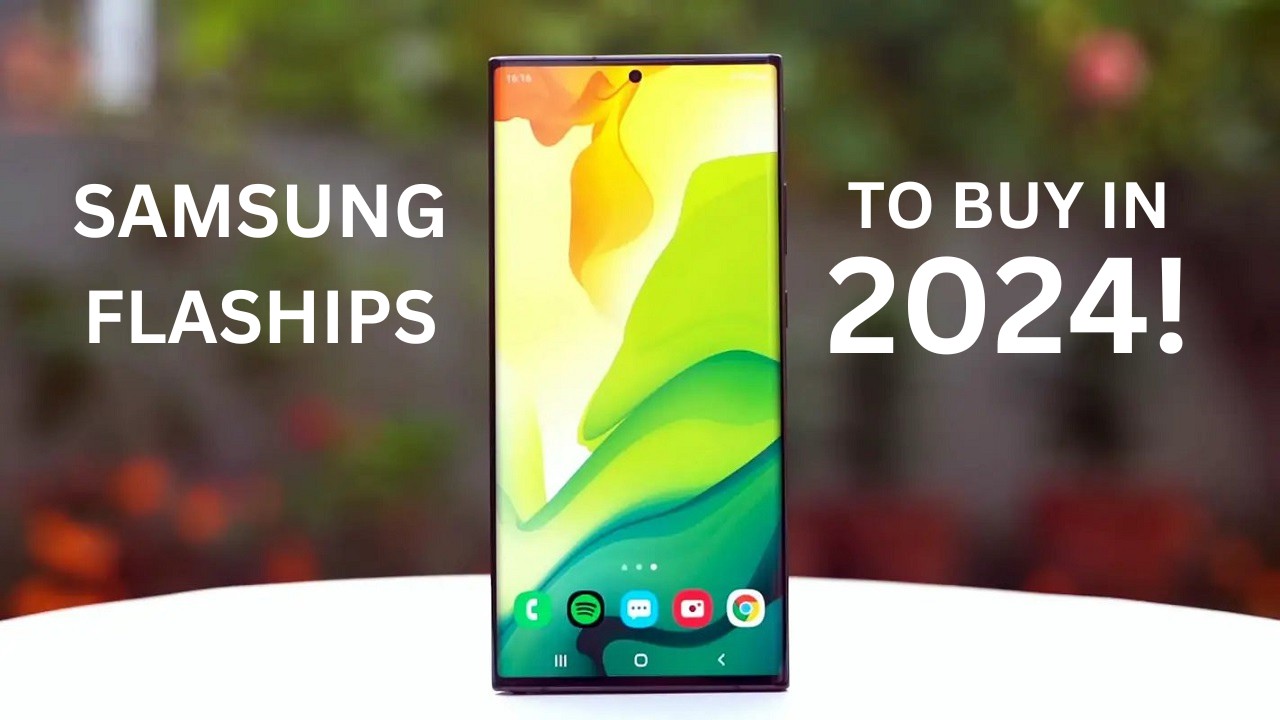
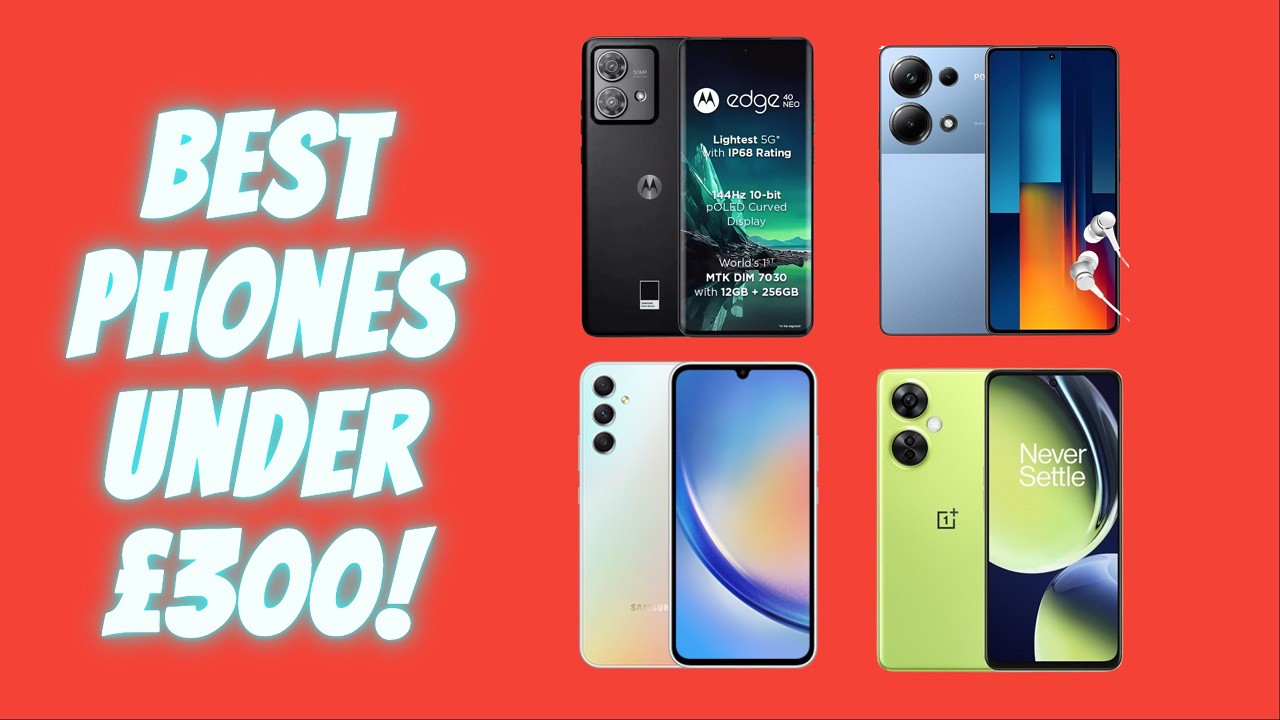

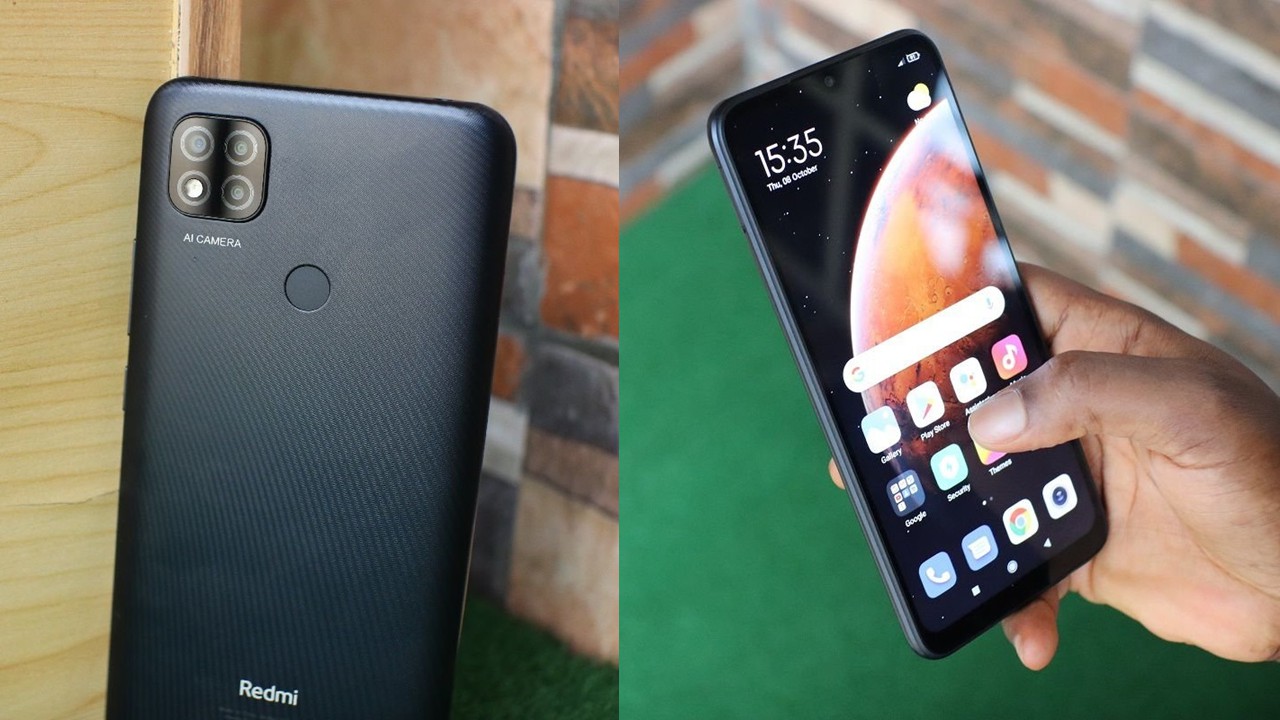
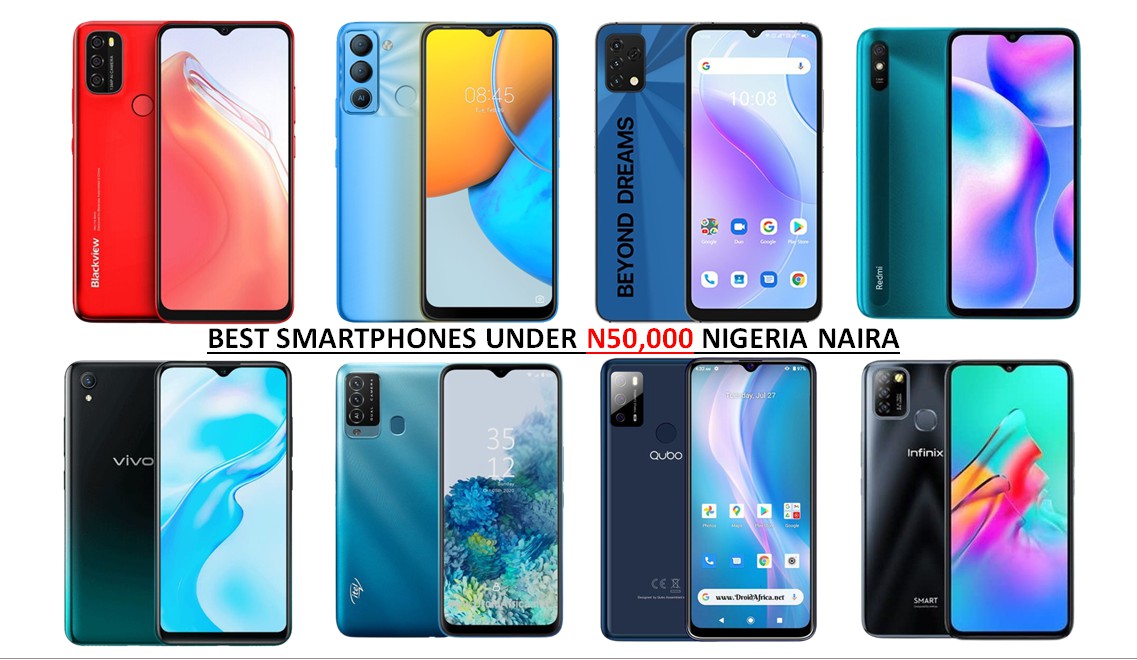
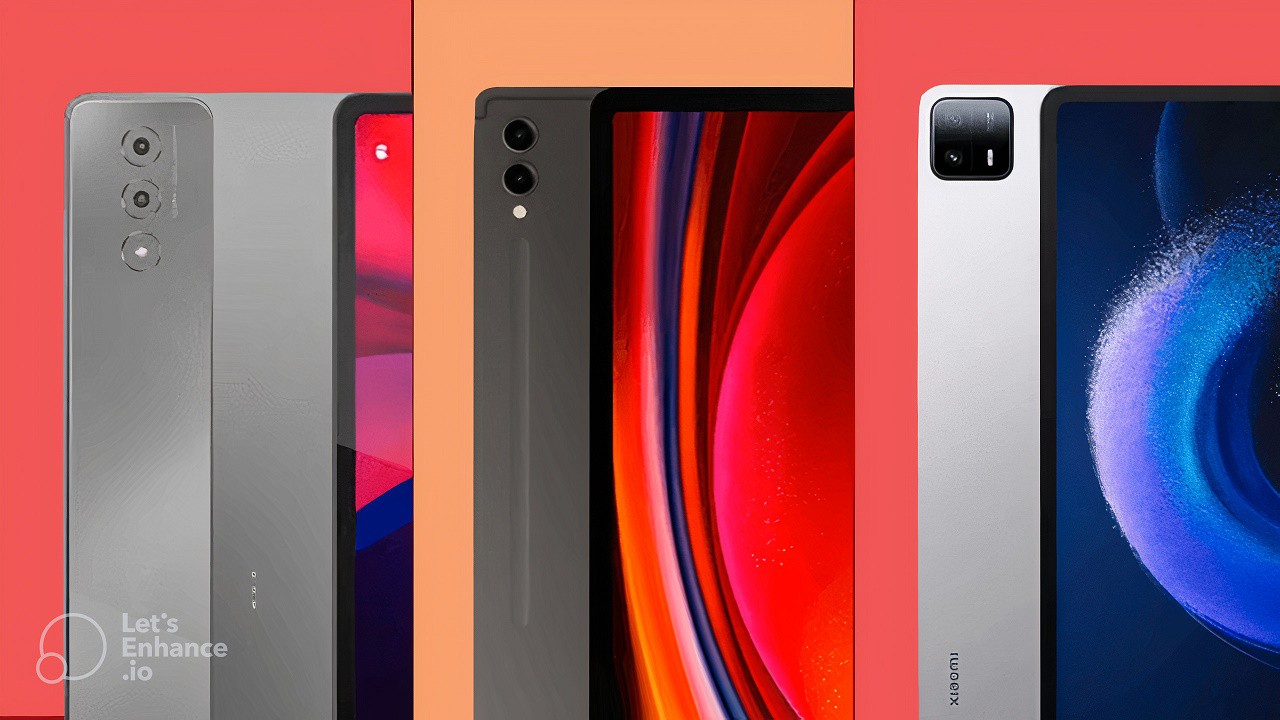
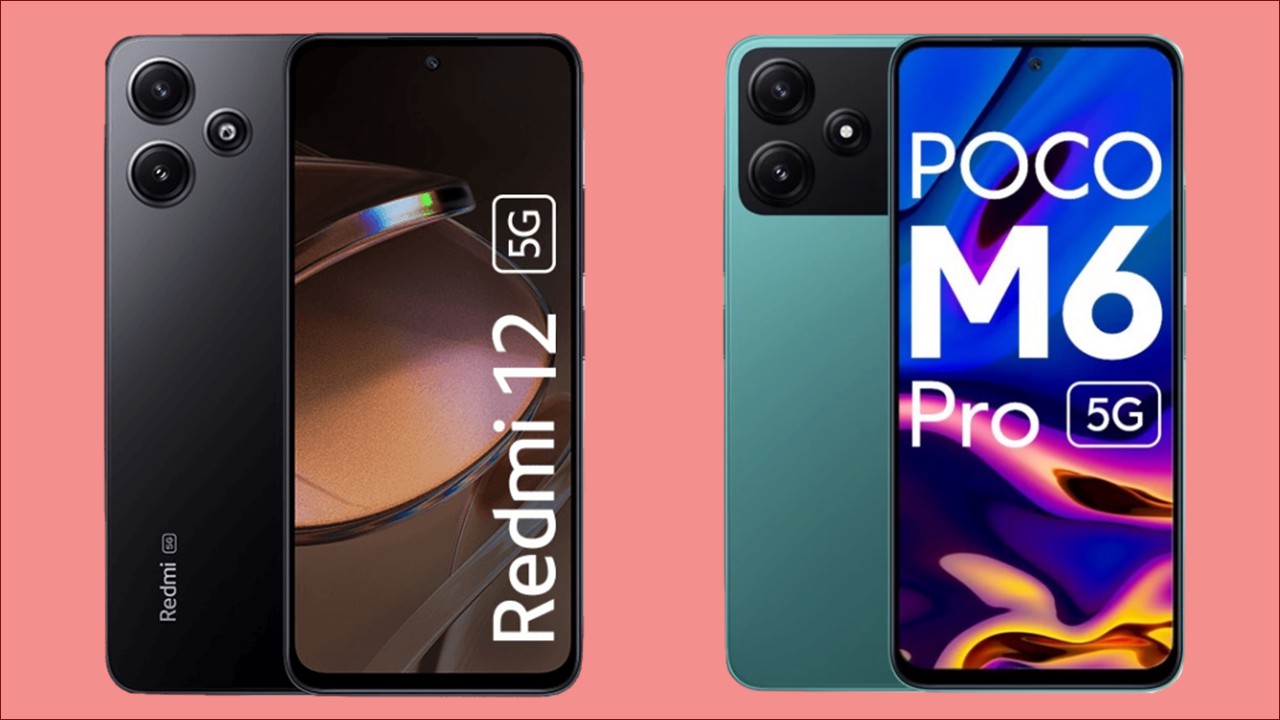
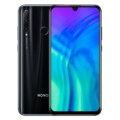
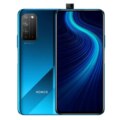
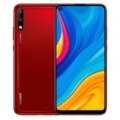
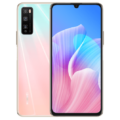
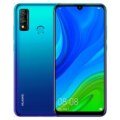
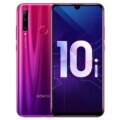
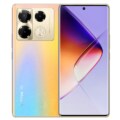
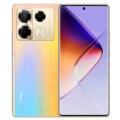
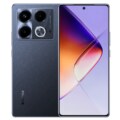
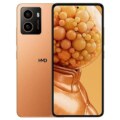
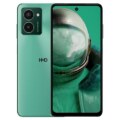


Leave a Reply